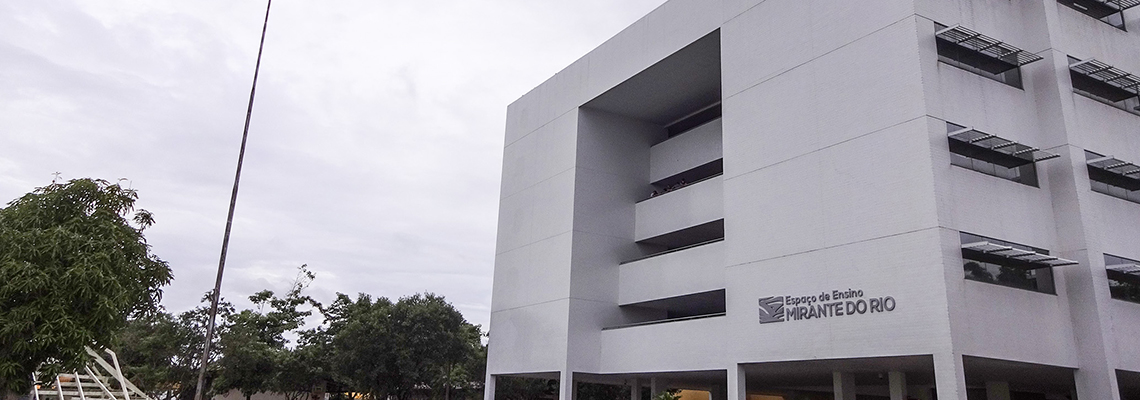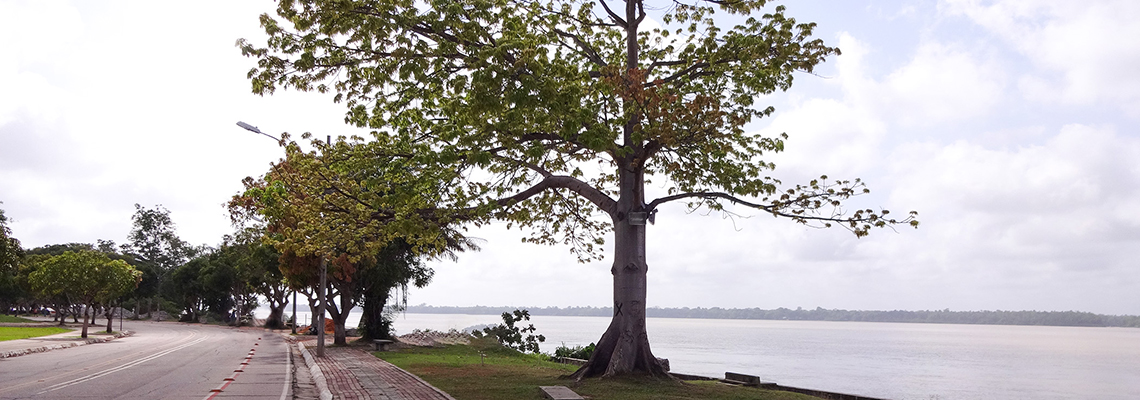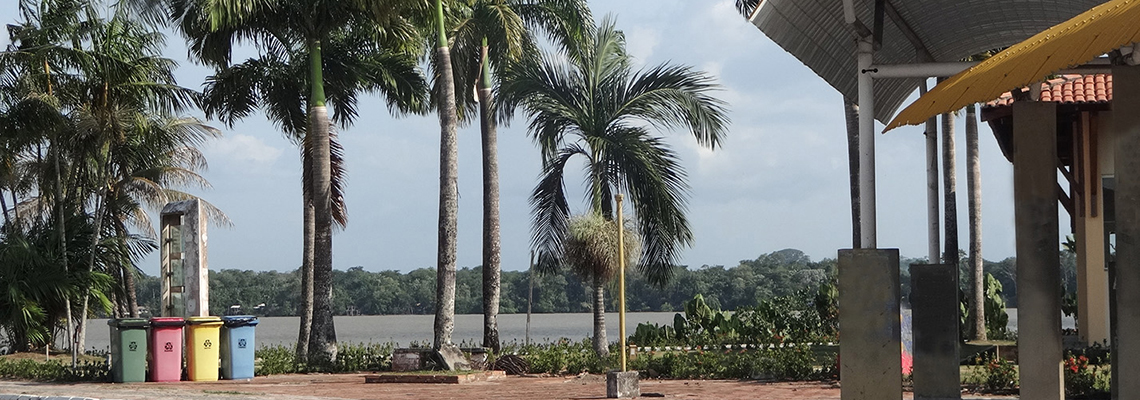Defense of doctoral thesis (28 December 2015)
Title: MUTAGENESIS AND CARCINOGENESIS OF WORKERS EXPOSED TO IONIZING RADIATION IN BRAZIL.
Author: Buboy Fields da Silva Souza Júnior.
Summary: Discovered in November 1895 by Wilhelm Conrad Roentgen, x-rays, are part of the everyday life of workers, who live constantly with this form of energy. This constant contact can provide some characteristic problems, such as the breaking of double-stranded DNA, and, consequently, affect the development of the cell correctly and giving high risk for the development of carcinogenesis.
Despite the performance of repair, a large amount of damage caused by this physical agent can lead to the formation of chromosomal aberrations (CA). Induced aberrations can be: [i] stable (refer to minor damage, reciprocal translocations and some human aneuploidy detection, which do not prevent Division and cell proliferation) and [ii] non-stable (refer to dicêntricos and ring chromosomes, large deletions and fragments). The last, normally, are lethal to the cell. Working professionals handling appliances that produce radiation X, such as vials of x-rays, CT scanners and cintilógrafos belong to the Group of workers exposed to ionizing radiation on a daily basis.
The proposed biological monitoring through molecular tools for this group of workers can generate data relevant to protection and welfare, considering the known characteristics of ionizing radiation, even in low doses. Thus, this paper will attempt to draw a profile of the life style of workers, through interviews (inclusion criteria to participate in the survey) and the use of the Comet and micronucleus tests.
The micronucleus test allows for the large-scale application of biological monitoring, as in the case of radioactive accidents or misuse of radioactive sources, or for monitoring patients on chemo and radiotherapy, as well as ∕ or a potential marker for risk of cancer.
Although studies involving chromosome aberrations and micronucleus are ideal for the proposal of biomonitoring, the Comet assay can detect DNA damage and repair kinetics, being widely used in the study, toxicology, biological radiation oncology and molecular epidemiology, being used quickly and effectively. Adding this to the other techniques mentioned, can bring important information for a better understanding of the interaction between the x-rays and the cells, whereas its potential mutagenic and its practicality in fast and precise diagnosis in medicine.
Thus, 73 samples were collected from workers exposed to ionising radiation in hospitals of 4 (four) States: Stop (in Bethlehem), Minas Gerais (Belo Horizonte), São Paulo (in the city of Ribeirão Preto) and Rio Grande do Sul (Porto Alegre), later being transported to the Human Cytogenetics laboratory at the Federal University of Pará, being subject to the techniques mentioned.








